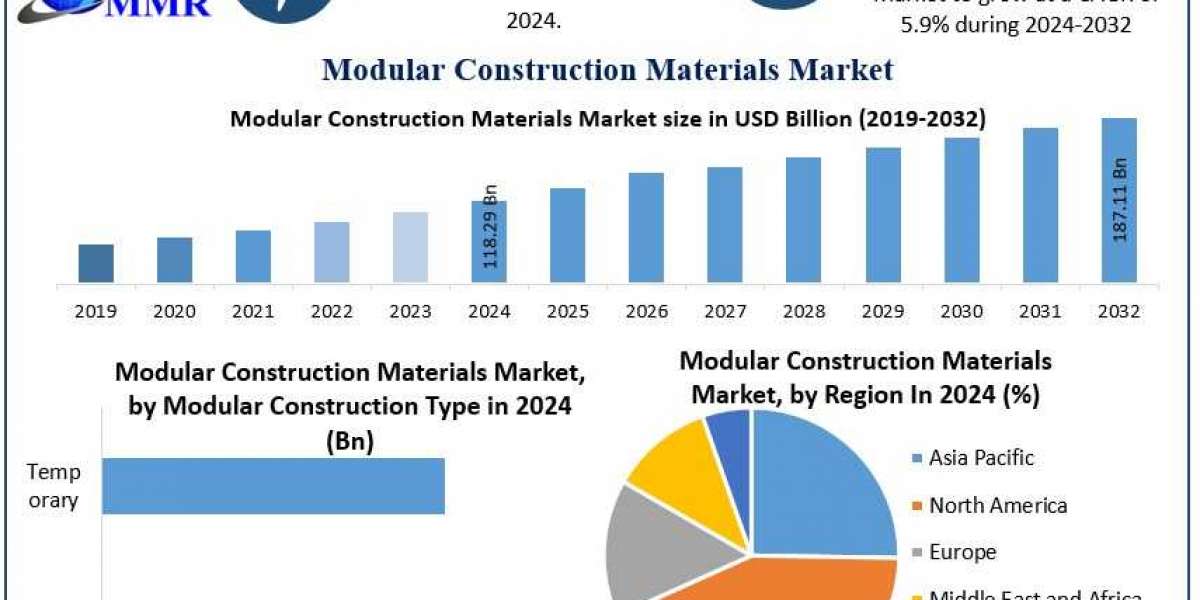Smart Biosensors Evolve: Faster Detection and Expanding Applications Dominate the Field
The landscape of biosensors is rapidly transforming with the advent of "smart" capabilities, leading to faster detection times, increased sensitivity, and a broadening range of applications across healthcare, environmental monitoring, and beyond. Recent news highlights breakthroughs in rapid pathogen detection, advancements in wearable and implantable sensors, and the growing integration of artificial intelligence for enhanced analysis.
Rapid Detection of Airborne Threats Achieved with Novel Smart Biosensor: Researchers at Washington University in St. Louis have unveiled a groundbreaking smart biosensor capable of detecting airborne particles of the highly pathogenic H5N1 avian influenza in under five minutes. This innovative device utilizes electrochemical capacitive biosensors with optimized surface modifications to significantly improve the speed and sensitivity of virus and bacteria detection in farm air. The portable and affordable design holds immense potential for real-time monitoring, enabling quicker responses to outbreaks and mitigating spread.
Wearable Biosensors Gain Traction for Personalized and Continuous Health Monitoring: The market for wearable biosensors is experiencing substantial growth, projected to reach USD 56.54 billion by 2032. These devices, integrated into smartwatches, patches, and even clothing, offer continuous, real-time monitoring of physiological parameters like heart rate, glucose levels, and hydration status. Recent advancements focus on developing less invasive alternatives for glucose monitoring and expanding applications to areas like detecting neurological disorders and tracking physiological health status through sweat analysis.
Smart Contact Lenses Emerge as a Frontier for Non-Invasive Diagnostics and Drug Delivery: Smart contact lens technology is advancing, with researchers exploring their potential as wearable biosensors for non-invasive monitoring of biomarkers in tears. These lenses, equipped with sensing platforms, power sources, and data transmitters, can detect glucose levels for diabetes management and monitor intraocular pressure for glaucoma. Ongoing research aims to expand their capabilities to diagnose neurodegenerative diseases and even deliver drugs directly to the eye.
AI Integration Enhances Biosensor Capabilities for Data Analysis and Predictive Insights: The integration of artificial intelligence (AI) is significantly enhancing the functionality of smart biosensors. AI algorithms can analyze the vast amounts of data generated by these sensors in real-time, providing sophisticated insights for disease diagnosis, personalized treatment recommendations, and even predicting potential health risks. This synergy between biosensing and AI is paving the way for more proactive and effective healthcare management.
Miniaturized and Multiplexed Biosensors Advance Point-of-Care Diagnostics: Innovations in microfabrication are leading to the development of miniaturized and multiplexed biosensors capable of simultaneously detecting multiple analytes in small samples. These "lab-on-a-chip" devices hold immense potential for point-of-care diagnostics, offering rapid and cost-effective testing for infectious diseases, cardiac markers, and other critical health indicators directly at the patient's bedside or in remote settings.
Focus on Environmental Monitoring with Smart Biosensor Networks: Smart biosensors are also playing a crucial role in environmental monitoring. Networks of interconnected sensors can provide real-time data on air and water quality, detecting pollutants and contaminants with increased spatial coverage and enabling rapid responses to pollution events. The integration of the Internet of Things (IoT) facilitates seamless data transmission and remote monitoring capabilities.
New Materials and Transduction Techniques Drive Sensitivity and Stability: Ongoing research is focused on developing novel nanomaterials and advanced transduction techniques to enhance the sensitivity, stability, and biocompatibility of smart biosensors. Electrochemical, optical, and piezoelectric biosensors are among the most common types, with continuous improvements in their design and functionality expanding their applicability.
Ethical Considerations and Data Security Remain Paramount in Smart Biosensor Development: As smart biosensors become more integrated into healthcare and daily life, ethical considerations surrounding data privacy, security, and potential biases in AI algorithms are paramount. Ensuring responsible development and deployment of these technologies, with robust safeguards for user data, is crucial for public trust and widespread adoption.








